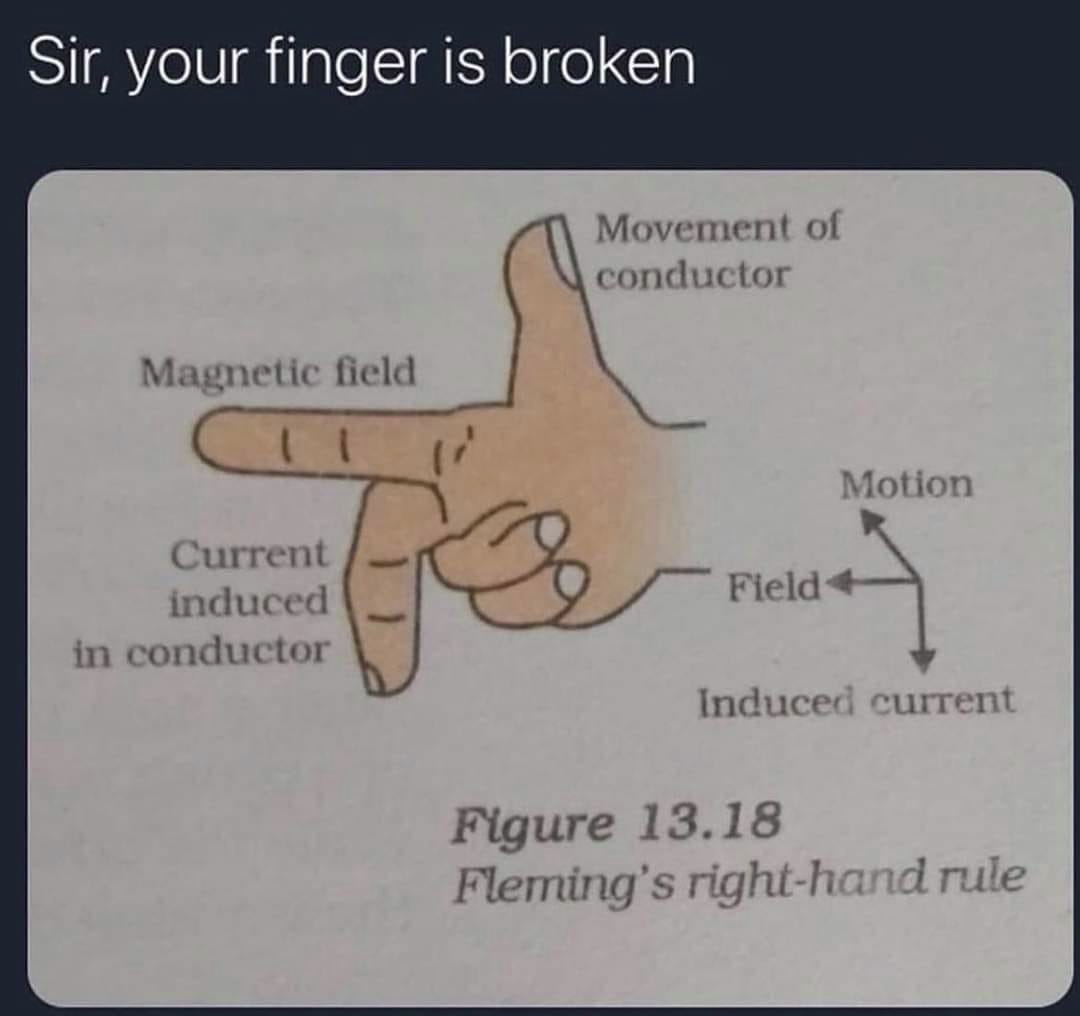this post was submitted on 15 Sep 2024
360 points (97.9% liked)
Science Memes
11071 readers
4856 users here now
Welcome to c/science_memes @ Mander.xyz!
A place for majestic STEMLORD peacocking, as well as memes about the realities of working in a lab.

Rules
- Don't throw mud. Behave like an intellectual and remember the human.
- Keep it rooted (on topic).
- No spam.
- Infographics welcome, get schooled.
This is a science community. We use the Dawkins definition of meme.
Research Committee
Other Mander Communities
Science and Research
Biology and Life Sciences
- !abiogenesis@mander.xyz
- !animal-behavior@mander.xyz
- !anthropology@mander.xyz
- !arachnology@mander.xyz
- !balconygardening@slrpnk.net
- !biodiversity@mander.xyz
- !biology@mander.xyz
- !biophysics@mander.xyz
- !botany@mander.xyz
- !ecology@mander.xyz
- !entomology@mander.xyz
- !fermentation@mander.xyz
- !herpetology@mander.xyz
- !houseplants@mander.xyz
- !medicine@mander.xyz
- !microscopy@mander.xyz
- !mycology@mander.xyz
- !nudibranchs@mander.xyz
- !nutrition@mander.xyz
- !palaeoecology@mander.xyz
- !palaeontology@mander.xyz
- !photosynthesis@mander.xyz
- !plantid@mander.xyz
- !plants@mander.xyz
- !reptiles and amphibians@mander.xyz
Physical Sciences
- !astronomy@mander.xyz
- !chemistry@mander.xyz
- !earthscience@mander.xyz
- !geography@mander.xyz
- !geospatial@mander.xyz
- !nuclear@mander.xyz
- !physics@mander.xyz
- !quantum-computing@mander.xyz
- !spectroscopy@mander.xyz
Humanities and Social Sciences
Practical and Applied Sciences
- !exercise-and sports-science@mander.xyz
- !gardening@mander.xyz
- !self sufficiency@mander.xyz
- !soilscience@slrpnk.net
- !terrariums@mander.xyz
- !timelapse@mander.xyz
Memes
Miscellaneous
founded 2 years ago
MODERATORS
you are viewing a single comment's thread
view the rest of the comments
view the rest of the comments

Speak of the devil...
I know what a 3 dimensional axis looks like. Trying to make my cram my hand into a poor approximation of one does not help me personally understand fields.
I don't know how I should be the one to come up with a better shorthand if I'm the one being taught and not understanding.
I think the confusing part is that the rule is presented without the problem it solves.
The problem is when you take two vectors in 3d and want to find the vector orthogonal (perpendicular) to both, you have 2 valid choices.
The right hand rule is a way to pick the same one every time if you always label the two vectors you start with consistently i.e. make your thumb vector 1, pointer vector 2, then your middle finger points the direction of a perpendicular vector that matches the handedness of the hand you used.
This matters anywhere a vector cross product is used in physics, like calculating what direction an electron feels force when moving through a magnetic field. The physics doesn't change, but you'll have negatives in different places when comparing results calculated with a right handed convention (coordinate system) with a left handed convention.
When checking the handedness of your coordinate system, you point your thumb and pointer finger in the positive direction of any two dimensions then check if your middle finger points in the positive direction of the third dimension.
There is no better one. Your hand is the only obvious, also, convenient, piece of equipment you always have at the ready that is capable of clearly and intuitively representing three mutually orthogonal vectors. They also happen to be quite freely orientable in space. There are exactly two distinct ways axes can be constructed in 3d, and your left and right hand naturally show the one or the other, try it: While making fancy fingerguns you can never have all fingers be parallel, if two pairs are parallel then the third is antiparallel. You could use fancy terms like chirality but that literally means handedness.
And if you had tried to come up with something better you'd probably have realised all that.